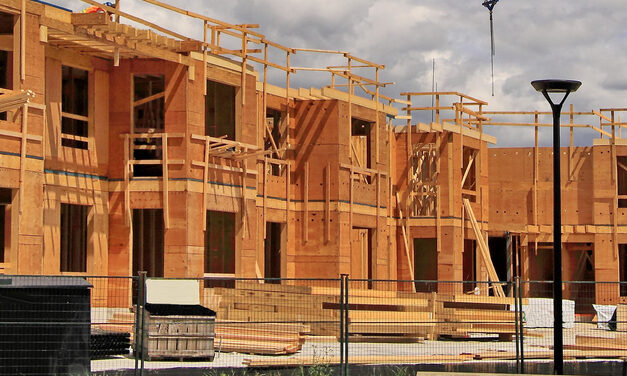
GST/HST New Residential Rental Property Rebates – Where Do We Currently Stand?
Posted on October 21st, 2024 in Commodity Tax (HST), Construction & Real Estate, Domestic Tax

On September 14, 2023, the Department of Finance announced a new enhanced GST/HST New Residential Rental Property Rebate (“NRRPR”) for certain New Purpose-Built Rental Housing (“PBRH”). The purpose of the enhanced rebate is to provide relief on the GST costs related to building new residential rental properties in order to assist with stimulating build of PBRH.
Background
The rental of a residential complex or a residential unit in a residential complex is generally exempt for GST/HST purposes. Therefore, builders cannot claim HST paid in relation to these properties. Typically, the major GST/HST cost is paid or payable on the purchase of a residential complex from a builder or that they accounted for on the “self-supply” of the complex.
However, eligible residential builders can file for the NRRP Rebate for the GST up to a maximum of 36% of the GST payable on the purchase or self-supply of a qualifying residential unit (an Ontario NRRP HST rebate is also available in that province). The amount of the NRRP Rebate is progressively reduced when the fair market value (“FMV”) of the property exceeds $350,000 (no NRRP Rebate is available if the fair market value is $450,000 or more). Further, the Ontario NRRP Rebate becomes capped at $24,000, which can result in significant GST/HST costs to builders.
Pursuant to the PBRH Rebate rules, to the extent the new residential rental project meets certain requirements, the rebate percentage is increased from 36% to 100%. Moreover, the PBRH Rebate does not have any phasing-out rule or the $450,000 fair market value limitation per unit.
PBRH – What Properties Qualify?
The PBRH Rebate is only available for a residential unit that qualifies for all the following conditions:
- Construction has begun after September 13, 2023, and on or before December 31, 2030;
- Construction is substantially completed by December 31, 2035; and
- It is in a building with at least:
a. Four private apartment units (i.e., a unit with a private kitchen, bathroom, and living areas), or at least 10 private rooms or suites; and
b. 90% of residential units designated for long-term rental.
An “addition” to an existing building also qualifies to the extent that such addition includes 4 or more residential units and at least 4 of those units contain private kitchen, bath, and living area (or 10 or more private rooms or suites).
The purpose of this legislation is to increase the supply of new residential properties, therefore, existing residential complexes that undergo a substantial renovation do not qualify for the PBRH.
What is Considered “Construction” to the Canada Revenue Agency (“CRA”)?
Those involved in the construction industry will know there are various stages of “construction”, and this is a crucial element of builders being eligible for the PBRH. The term “construction” is not defined in the Excise Tax Act (“ETA”) which has left many builders wondering what CRA considers “construction”.
On June 20, 2024, the CRA published new GST/HST Notice 336 (“336”). Included in 336 is the CRA’s comments and administrative view that states CRA’s position is that the construction of a residential complex is generally considered to begin at the time the excavation work pertaining to the property. CRA also implies that the signing of a purchase and sale agreement relating to a newly constructed units prior to September 14, 2023, would not prevent the builder’s eligibility for the PBRH Rebate if the construction of the complex began after September 13, 2023, but before 2031. CRA also confirms that newly constructed long-term care facilities that otherwise meet the relevant conditions would be eligible for the PBRH Rebate.
Although the CRA announcement from June of 2023 is welcomed, there is still remains some subjectivity. The CRA announcement is an administrative position, meaning, it isn’t legislation – which comes with some element of risk. For instance, there are many stages of excavation work, including the initial clearing of land. It appears that further clarification will still be required, which will likely come in the form of taxpayer’s disputing what “construction” is, as CRA challenges these rebate filings.
Have any questions?
Drop us a line, we look forward to hearing from you.








